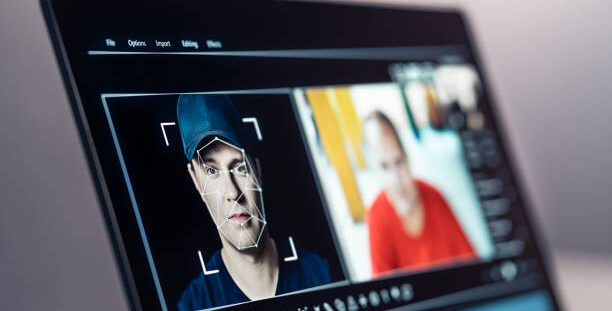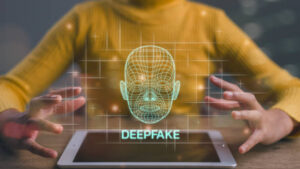Manipulation of photos isn’t new; however, in recent times, pro editing techniques have made it super easy to create fake images of humans or even animals, objects that appear realistic. All credit goes to the advent of Artificial Intelligence and Machine Learning, which has taken this technology one step ahead by generating realistic and challenging content to detect with the naked eye. The resulting photos, audio, and videos are called “deepfakes.”
They have a range of positive applications in education, entertainment, medicine, and other fields. Moreover, the possibility of malicious activities is increasing as specific tools are used to create deepfakes. Considering all this, we must know the future trends upcoming and an exciting road to technological advancements, ethical challenges, and more. Maintaining the right balance between innovation and usage can help unleash deepfake technology while keeping up with security.
This guide provides an overview of deepfakes and the future trends to watch in 2024. Without any further ado, let’s begin.
Future Trends in Deepfake Technology
Here, let’s shed light on some of the emerging trends in deepfake technology:
Audio Deepfakes
Audio deepfakes use artificial intelligence to create voice clips that sound like someone said something, but they haven’t said anytime. This is one of the ongoing and future trends in deepfake technology, which can lead to the spread of misinformation among fellow audiences. It is also used for framing propaganda and causes disruptions to the societal and political side, trust issues in communication, and more.
Customized Deepfake
No wonder technology and innovation can bring about drastic changes. Another popular trend in deepfake technology is creating customized deepfakes content based on specific characteristics, features, or scenarios. Moreover, this can have consequences, requiring the need to follow ethical guidelines and fair usage practices.
Biometric Implementation
As deepfake technology has become more prevalent, experts expect financial institutions to adopt biometric authentication methods, such as facial verification, mainly during remote onboarding. This trend aims to mitigate the increase in AI-generated attacks and provide a highly secure yet smooth customer experience.
Digital Doppelgangers and Deepfake Advancement
The latest anticipation for 2024 includes the increase in multimodal AI cloning models, which give rise to digital doppelgangers. This technology can easily create identical clones of individuals in real-time videos and voices that could further be used for payment fraud.
Deepfake Detection Techniques
Considering the growing usage of deepfake, monitoring the methods to detect it is vital. In 2024, there will be progress in deepfake detection for the KYC process. It is anticipated to be propelled by machine learning technologies, transactional monitoring, biometric verification methods, and more.
Deepfake Frauds
Instances of deepfake used for fraud increased from 0.2% to 2.6% in the US between 2022 and Q1 2023. Deepfake frauds are anticipated to grow significantly in the financial year 2024.
Ethical and Legal Debates
The growth of deepfake technology will immediately start ethical and legal debates worldwide. As technology becomes more prominent, questions regarding privacy, consent, and misuse of deepfake evolve. Thus, it is necessary to implement proper ethical guidelines to address the threat caused by deepfake.
Market Scenario
The global deepfake software market is anticipated to grow at the fastest rate. The report includes essential data on market segmentation, introduction, status, opportunities, trends, competitive analysis, company profiles and more.
Summing it Up
The above trends in deepfake technology suggest staying vigilant and addressing the challenges associated with deepfakes while unleashing the positive side of this technology. Make sure to use every technology wisely rather than misusing it. Stay informed about more such topics by visiting our latest blogs.
Also Read:







